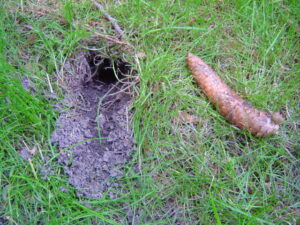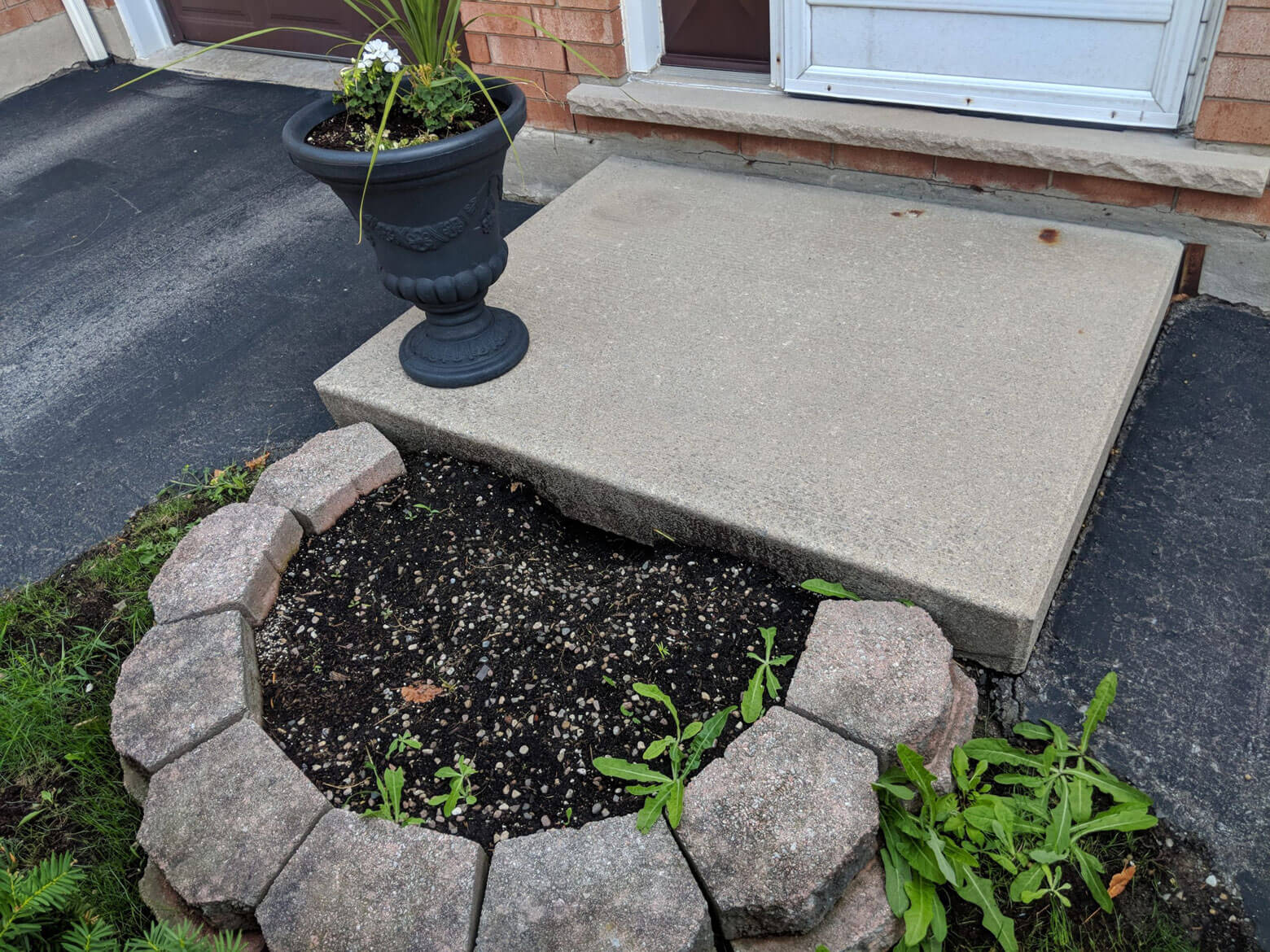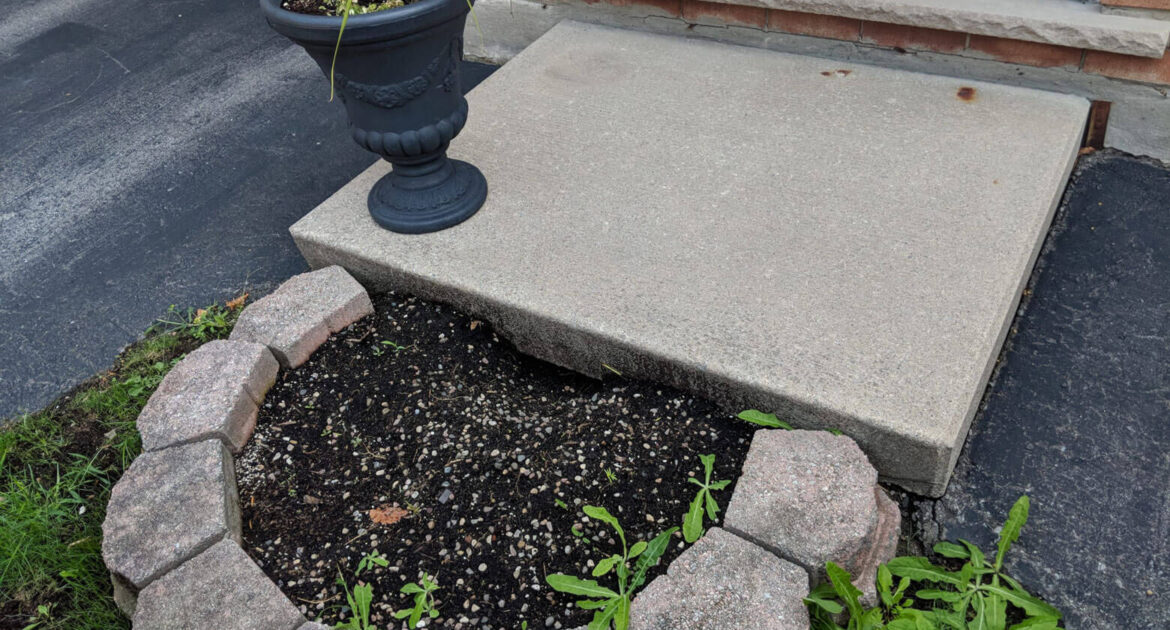Skunks are misunderstood animals. Their defense mechanism, a spray with an unpleasant aroma, makes most people keep away from them. As more people move into rural areas, skunks lose their natural habitat. Skunks can and will make a den or nest near your home, in the foundation or under a patio. It’s important to contact Milwaukee wildlife removal experts to remove a skunk. The odor after a skunk sprays can linger for weeks, even months, and can also travel over half a mile in the right conditions. Learn more about skunks to know what to do if you have skunks on your property.
The Active Seasons for Skunks
Skunks don’t actually hibernate over the winter, but they do become dormant and live off their fat deposits. Generally, skunks go into this state of torpor from November to March, but it depends on temperatures and needs. In torpor, the metabolism slows, but skunks can awaken from time to time. When the weather warms up, the skunks emerge to refuel their body. Skunks become very active in the spring because it is also mating season.
Baby skunks are usually born in late April to May. Gestation takes 66 days. A female skunk can have a litter of four to seven kits, with four to five babies on the average. When a baby skunk is born, they are totally helpless, being both blind and deaf. In about three weeks, their eyes will open. They nurse for about two months after birth and will stay with the mother until the next mating season. The momma skunk raises the babies on her own, without help from a male. She is very protective of the babies.
Signs of Skunks on Your Property
Don’t go by the skunk odor to decide whether you have a family of skunks on your property. During the mating season, a female will spray a male skunk if she doesn’t like him. Male skunks often fight over females, spraying each other in the process. In the spring, you may have a skunk passing through for an amorous tryst.
Here are some concrete signs that a skunk has moved in:
- Small holes in your flowerbed or garden.
- Skunk droppings, which are about one-quarter to one-half-inch in diameter and about one to two inches long. You may see undigested insect parts in the droppings.
- Pilfered trash cans.
- A musty odor with a faint to strong skunk aroma.
Skunks are nocturnal animals. You may see a family at dusk or early in the morning, but it’s rare to see them in the day. Remember that some of the signs of skunks are also signs of other pests, such as raccoons or squirrels and no matter what animal professional wildlife removal is always recommended.

Avoid Unpleasant Skunk Encounters
Skunks don’t want to spray you or your dog. It is the last resort. When a skunk depletes his spray, it can take up to two weeks to regenerate, which leaves the skunk vulnerable during that period. A skunk will give plenty of warning before spraying. If you come across a skunk, your best bet is to quietly walk in the other direction and leave the skunk alone. Dogs often get sprayed because they can’t read the signs. Dogs see an upturned tail as an invitation to smell. Skunks will raise its tail as a warning. They aren’t very fast, don’t climb and have bad eyesight which means you’ll likely see the skunk before one sees you.
At night, you can avoid a skunk encounter simply by turning on the porch light and making some noise before you enter the yard. Whistle or clap your hands when you go outside. Give skunks a few minutes to run and hide before letting the dogs out. Call Skedaddle Humane Wildlife Control for professional skunk removal in Milwaukee. Let our team take care of unwanted wildlife to protect your home and family.




